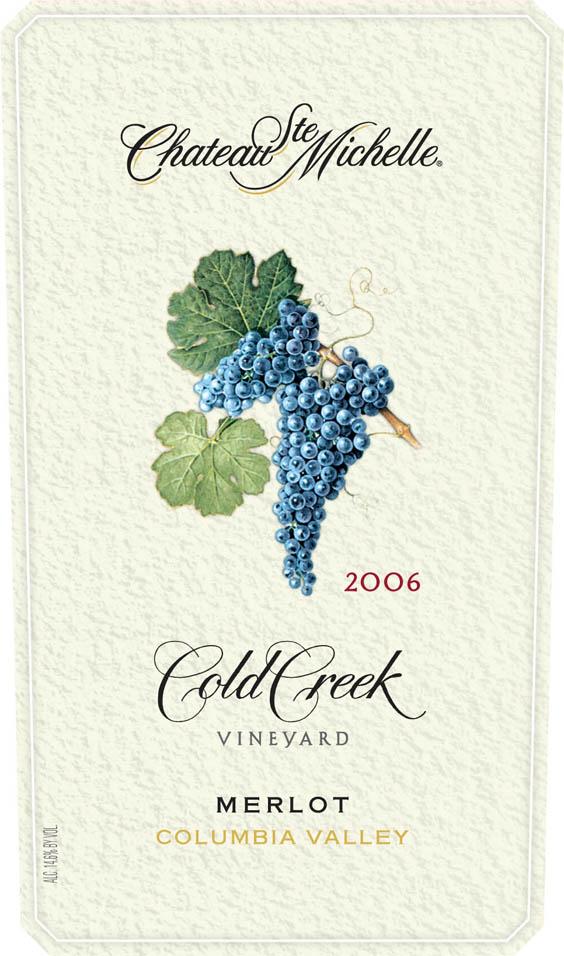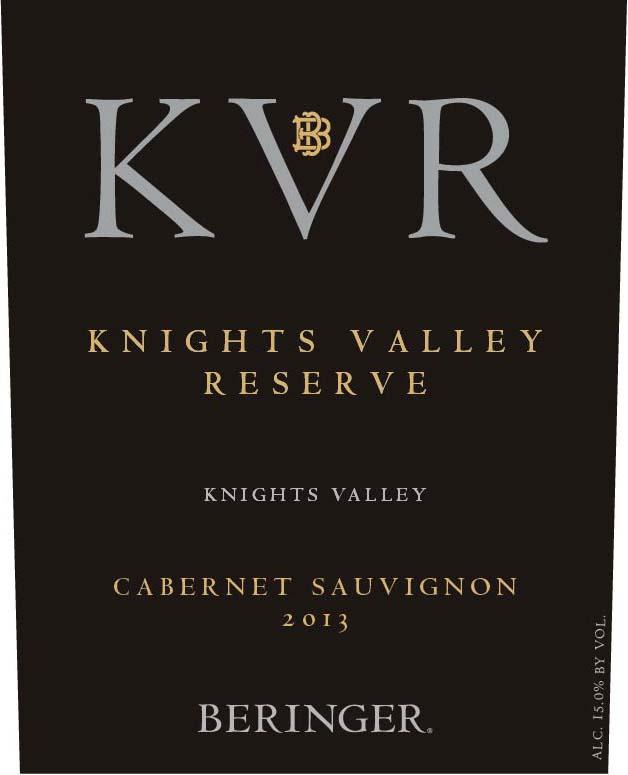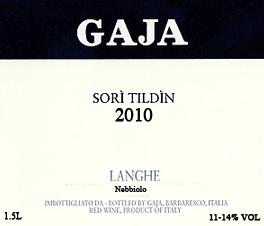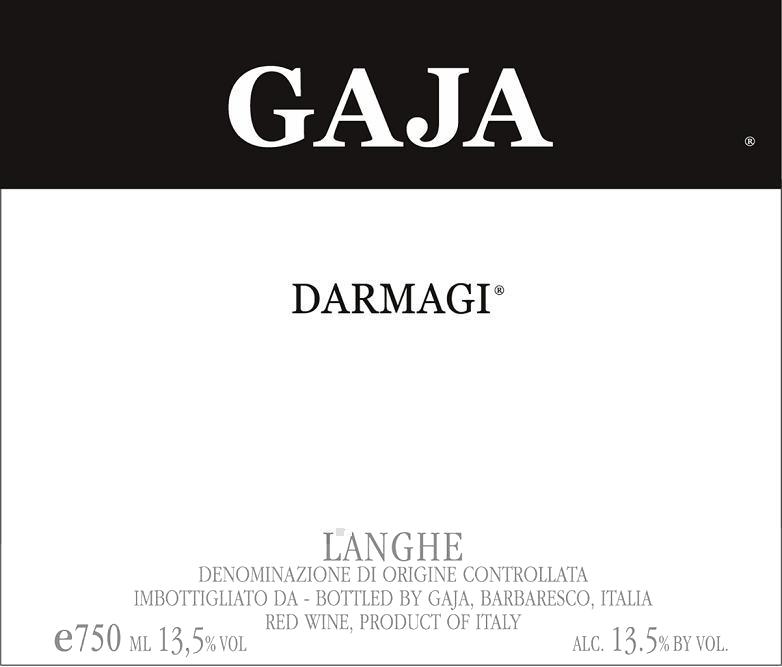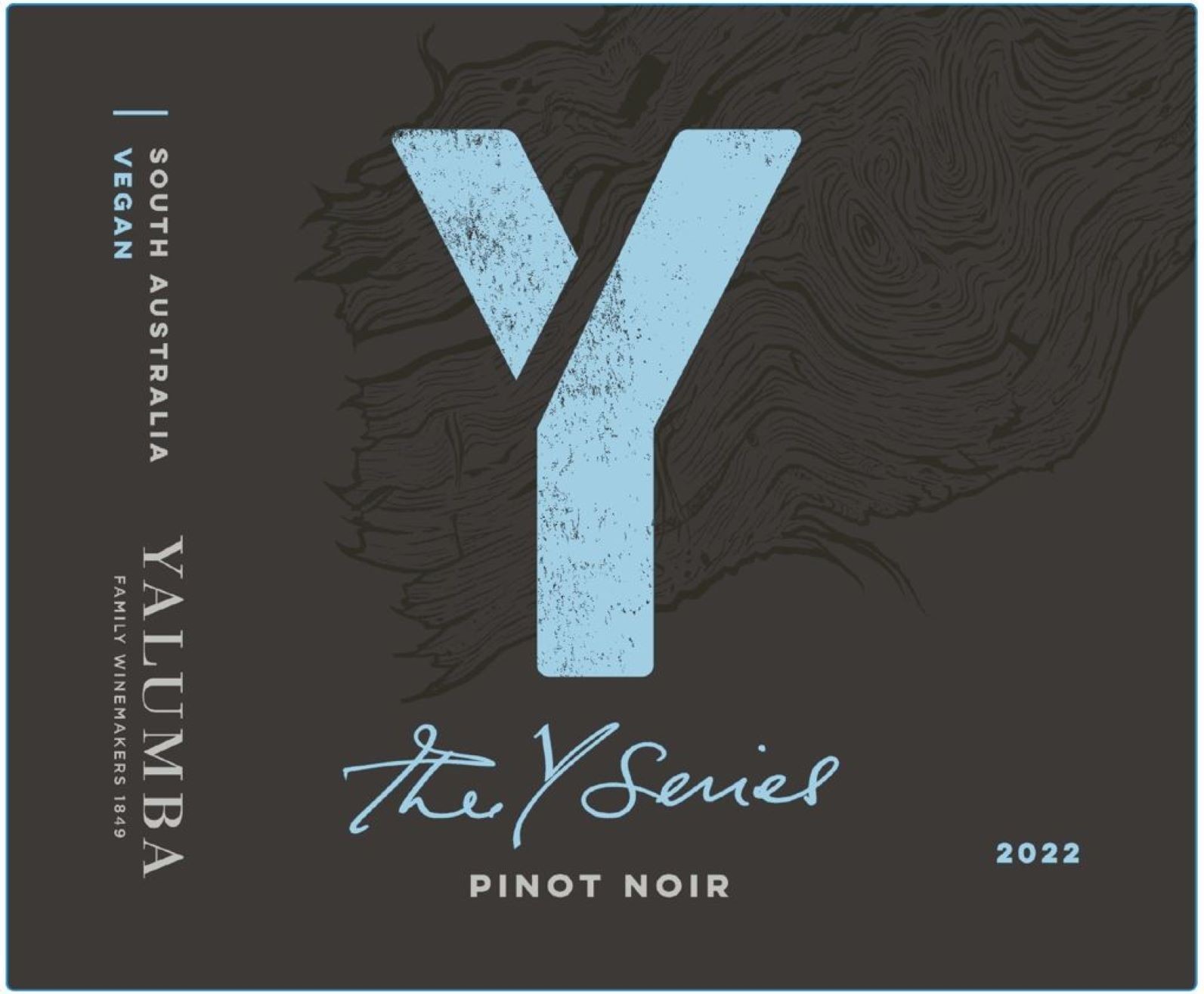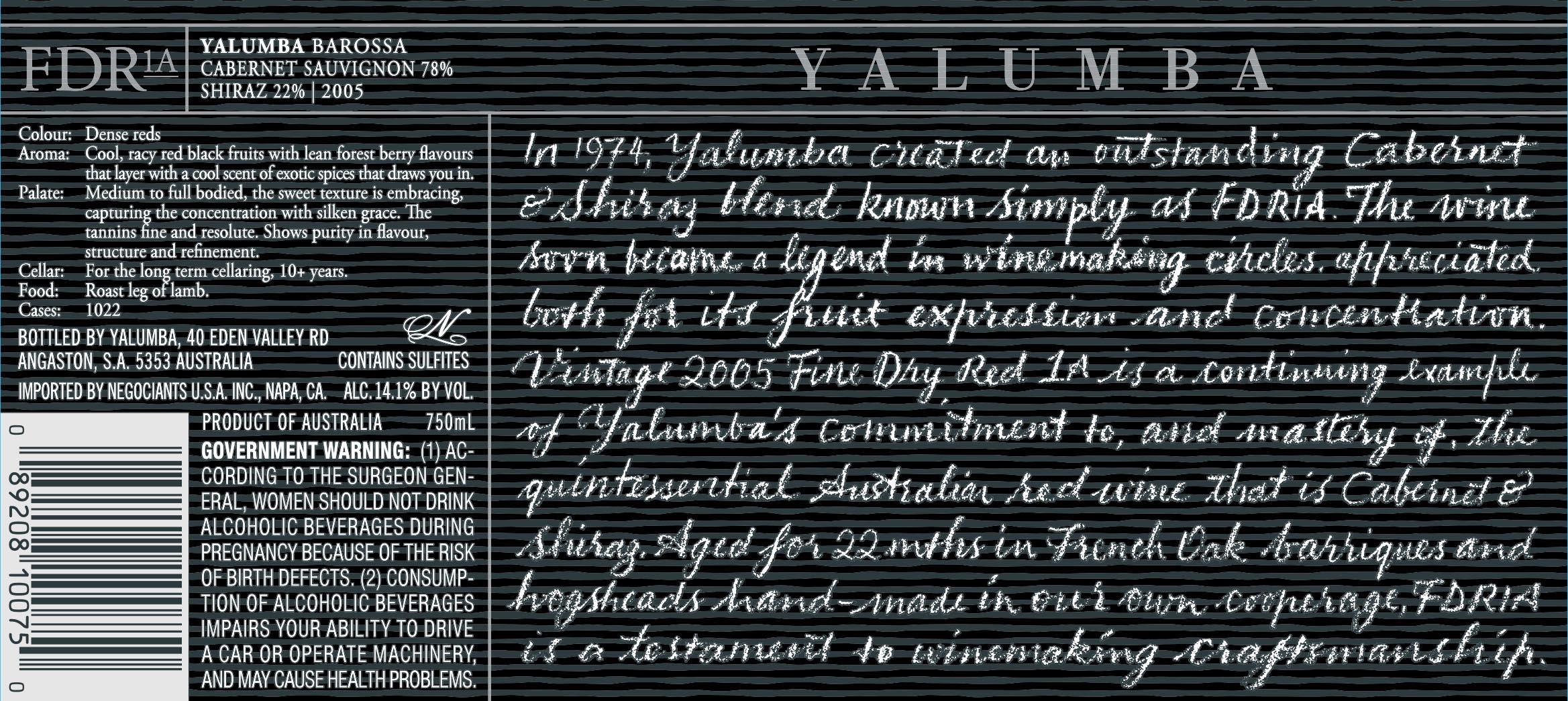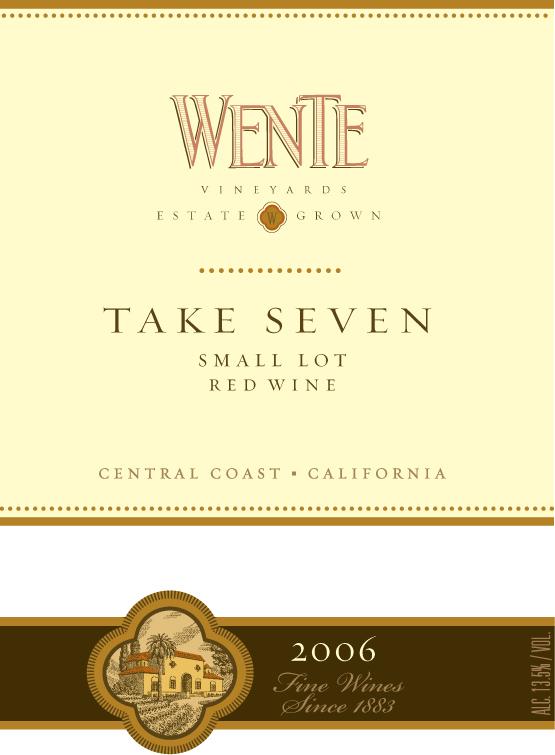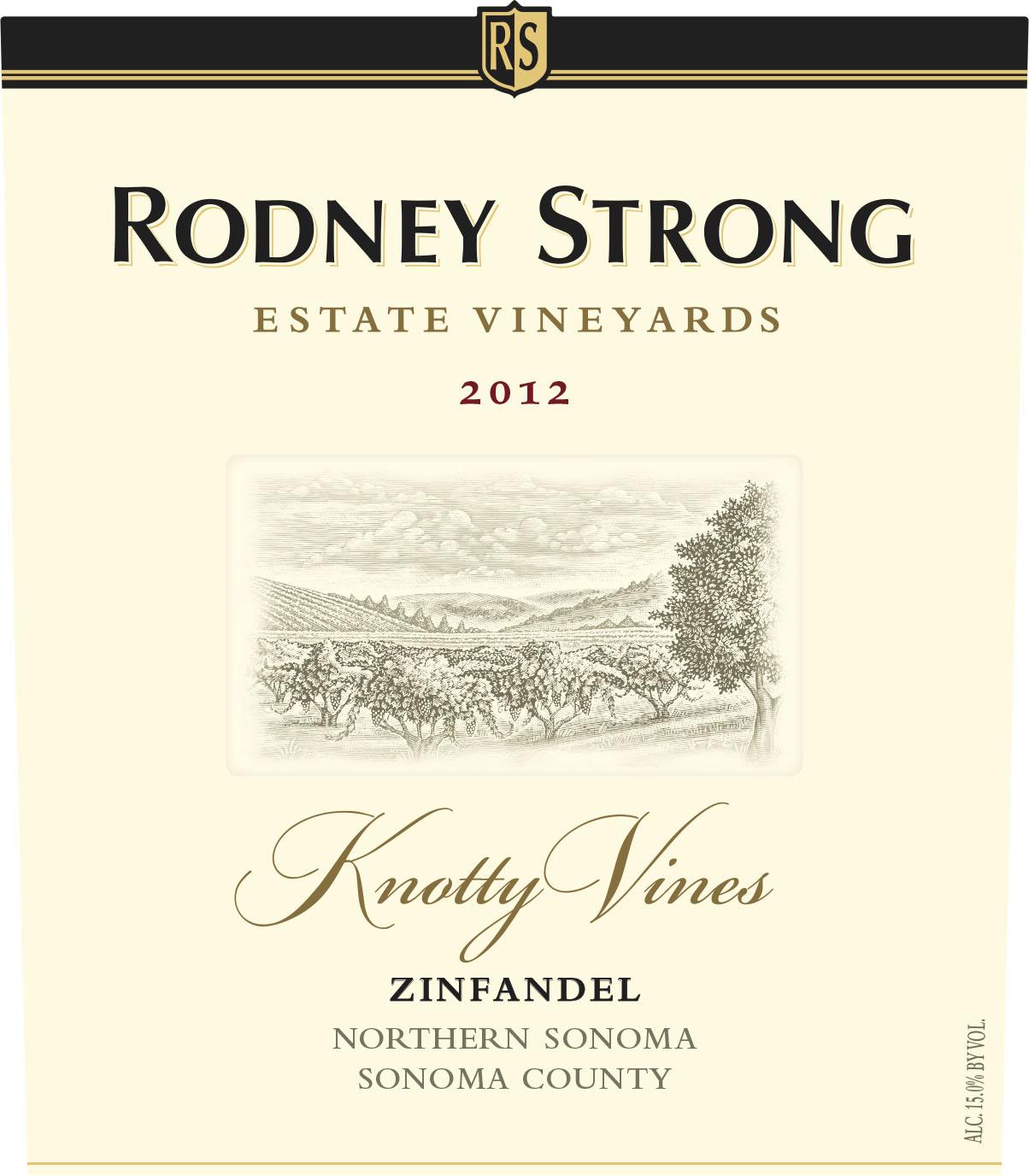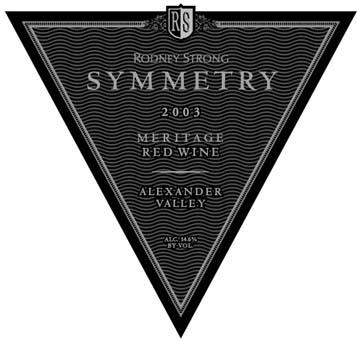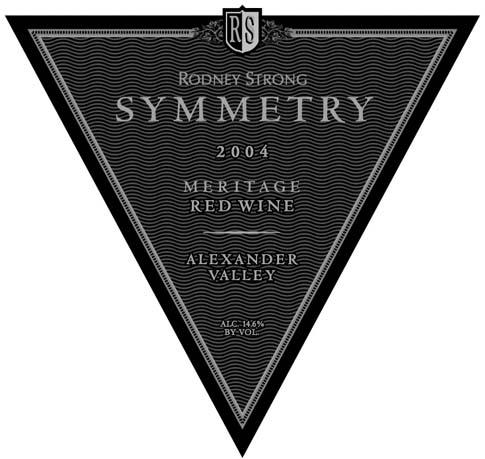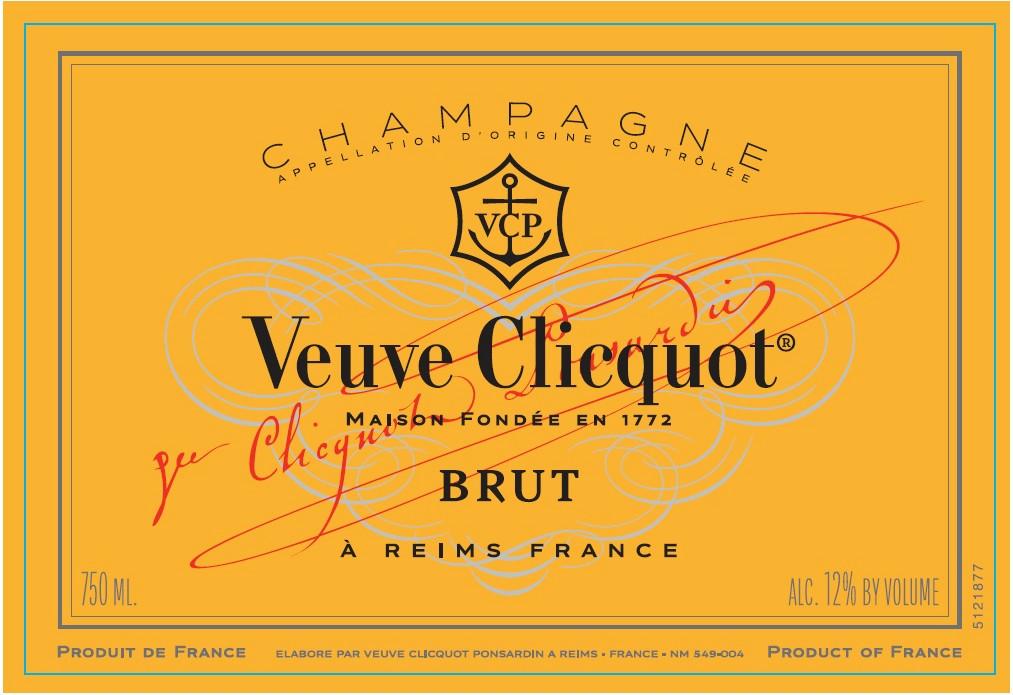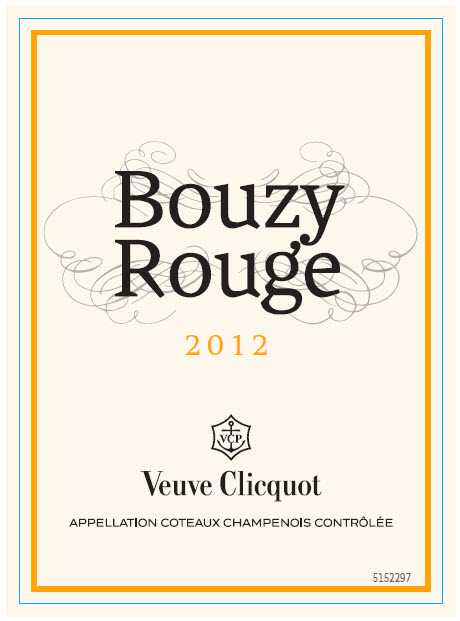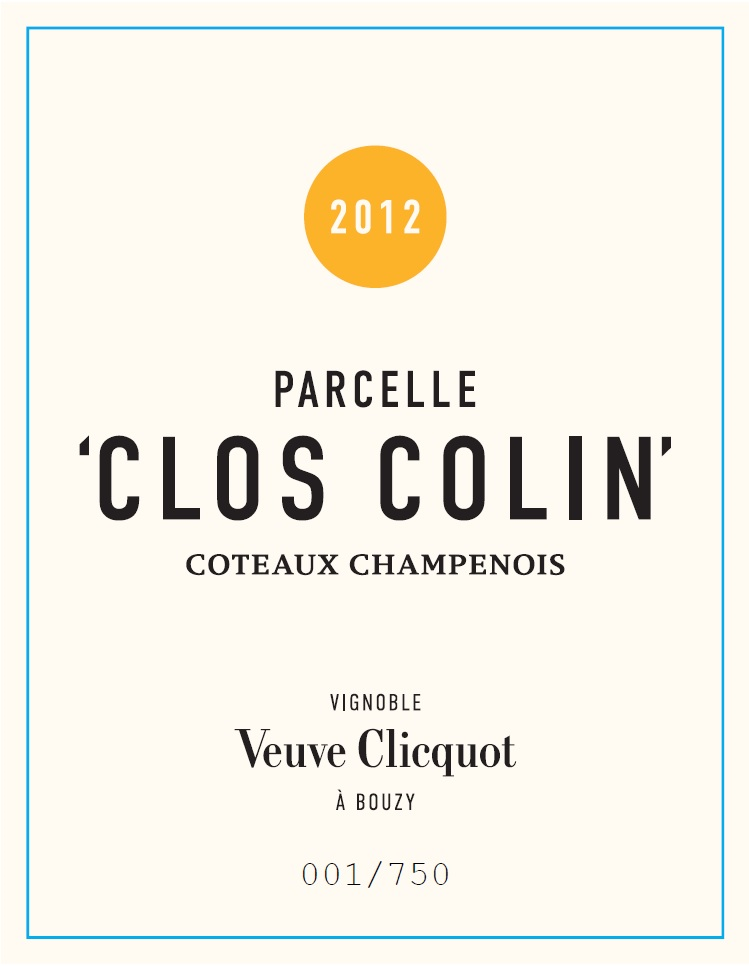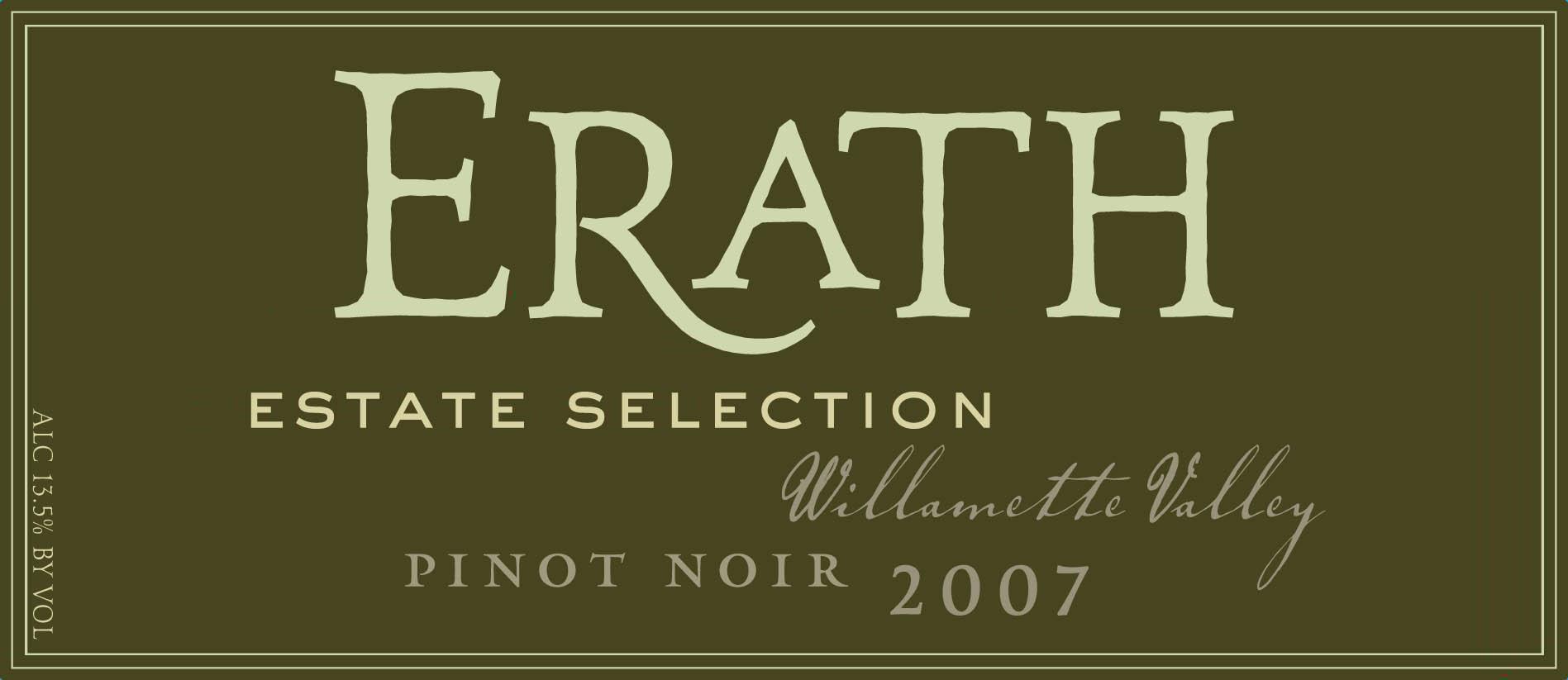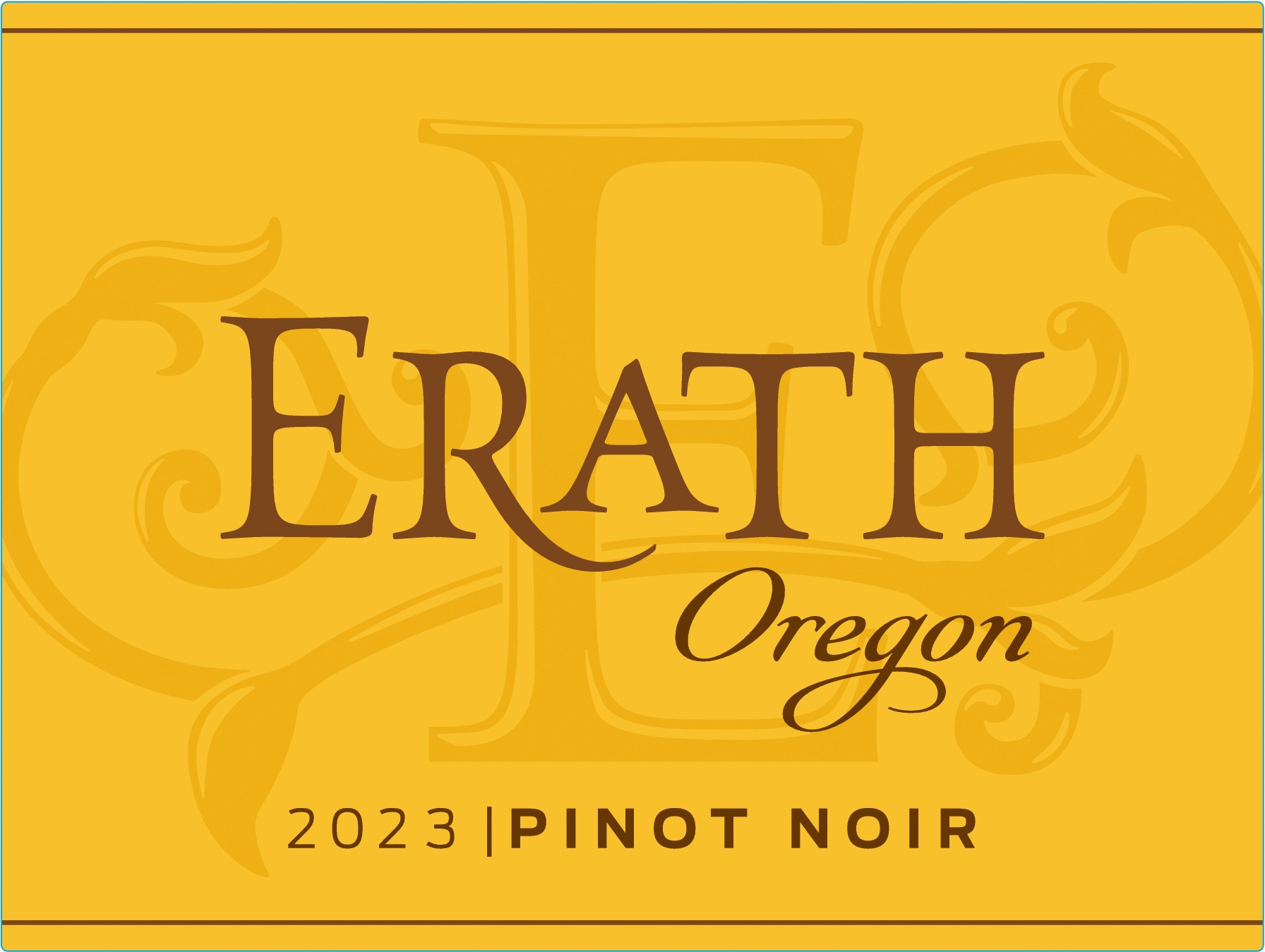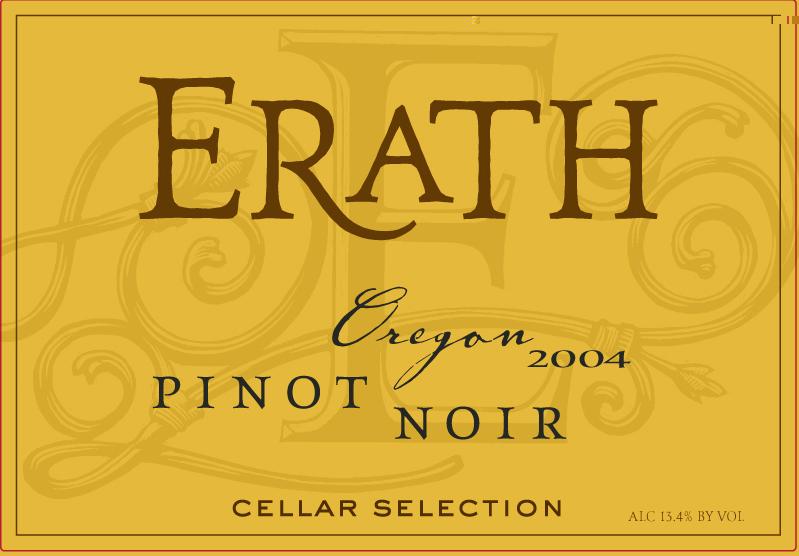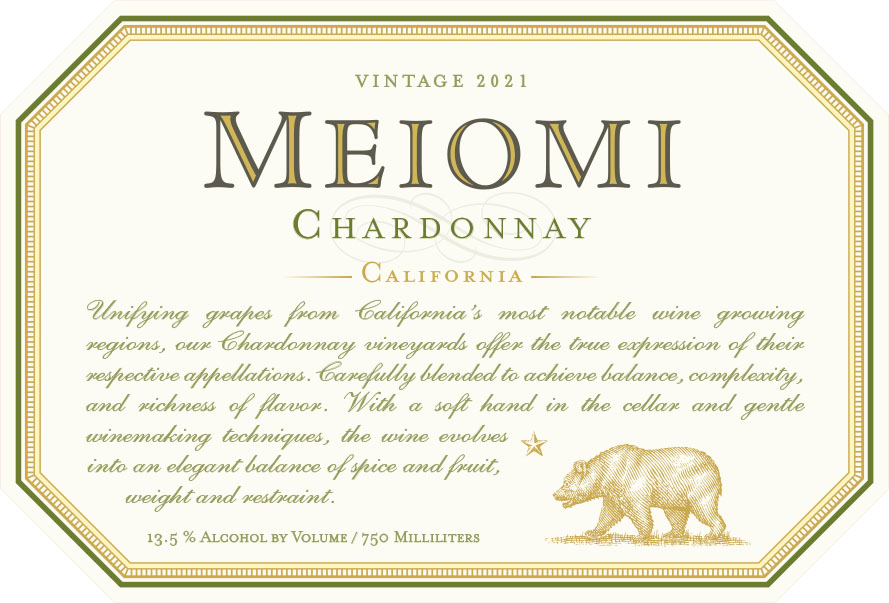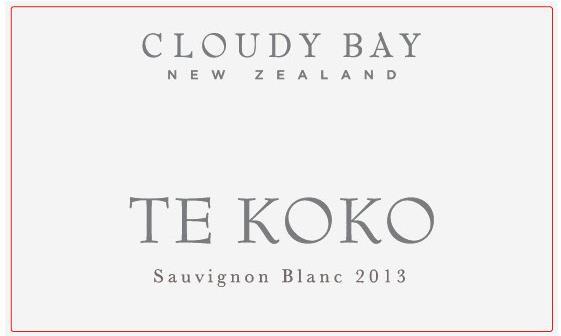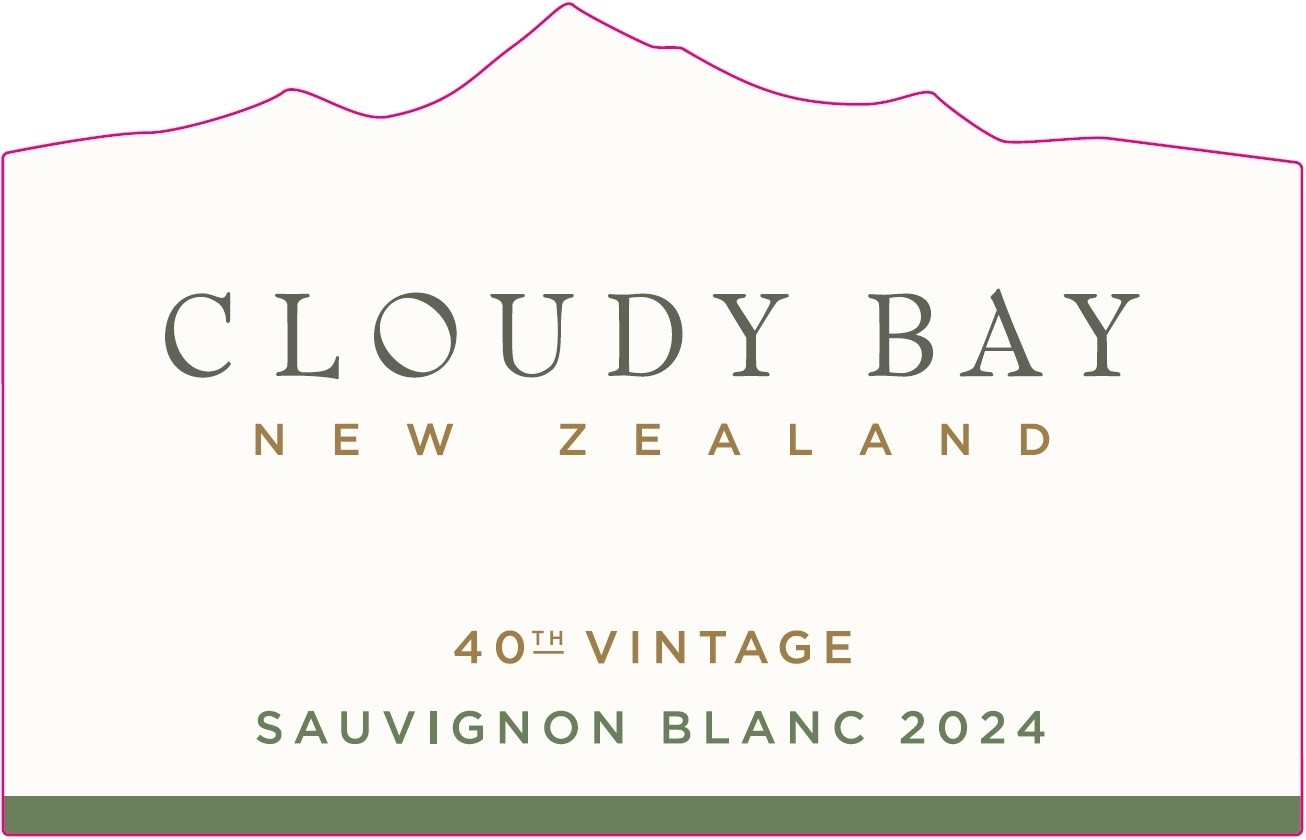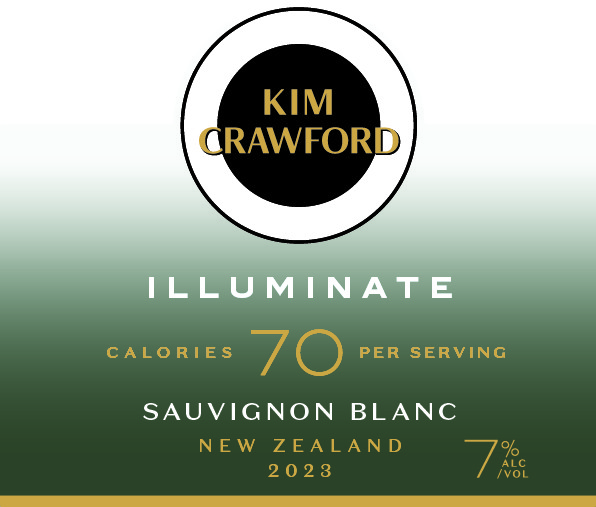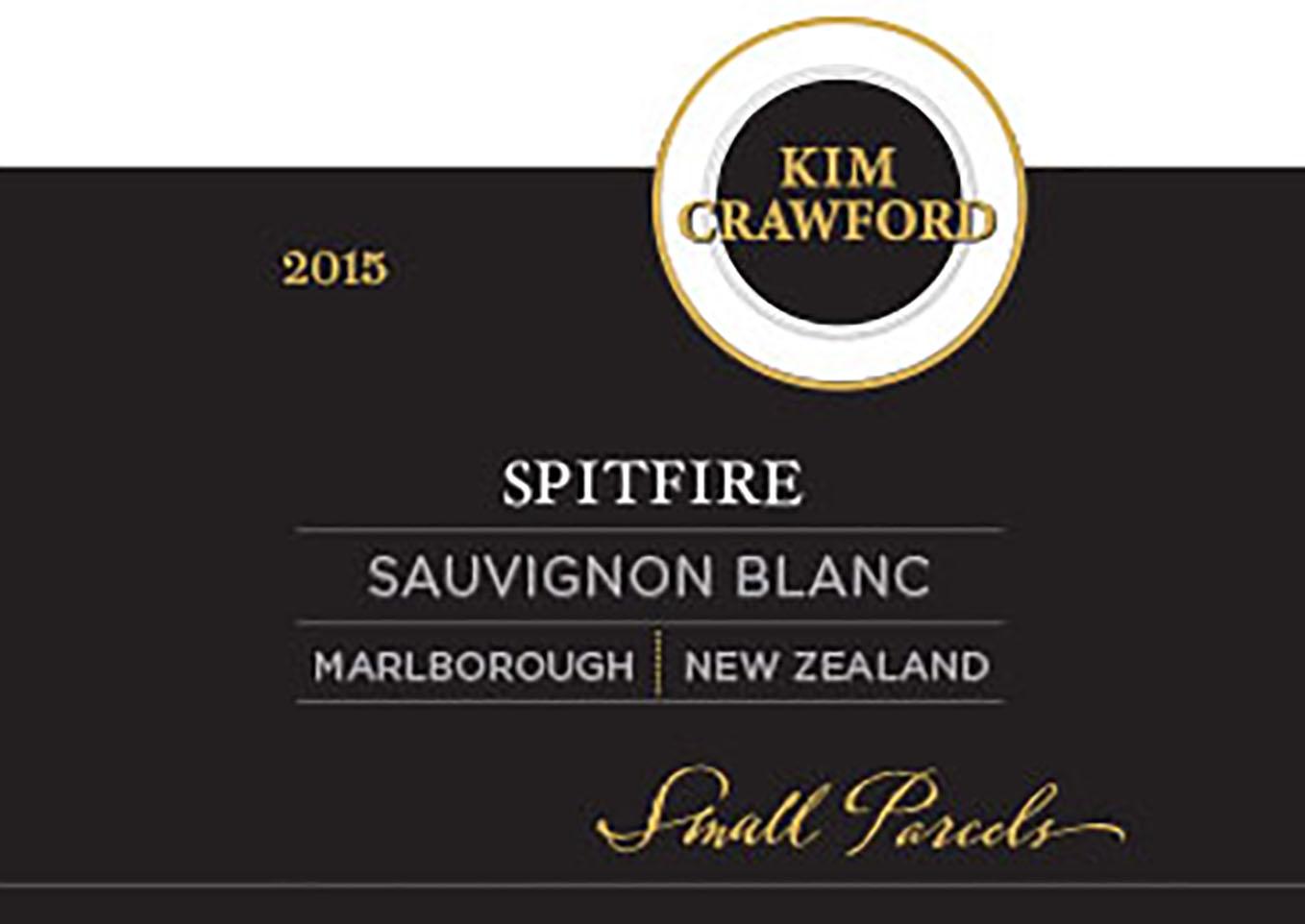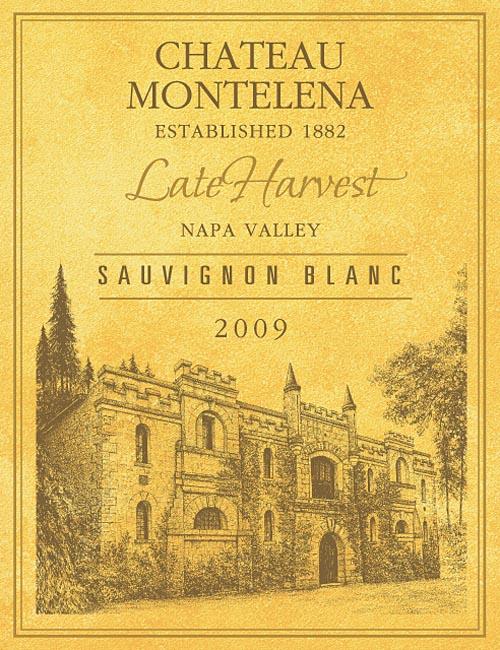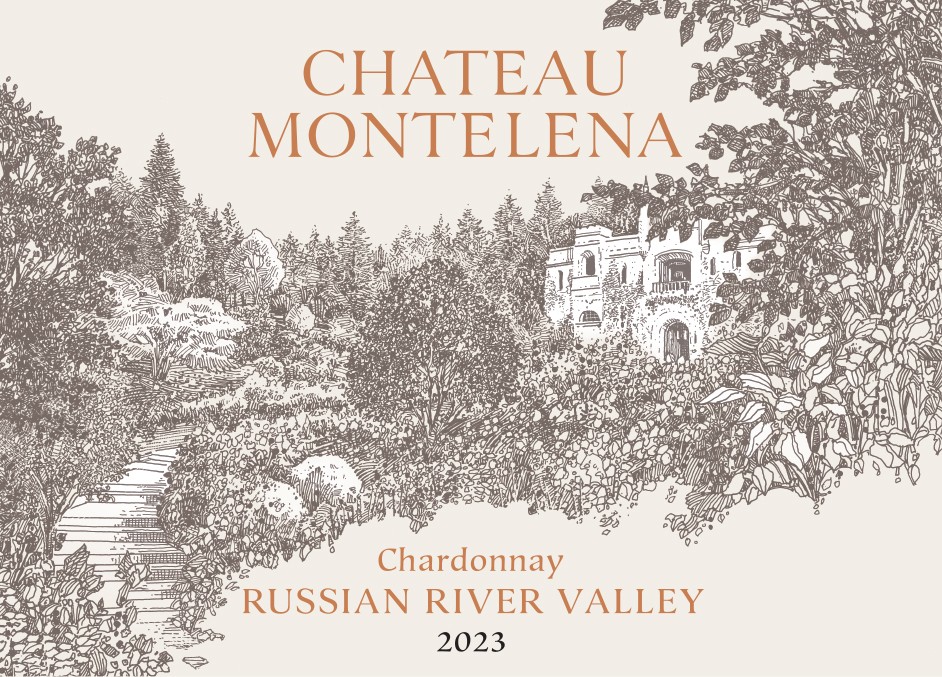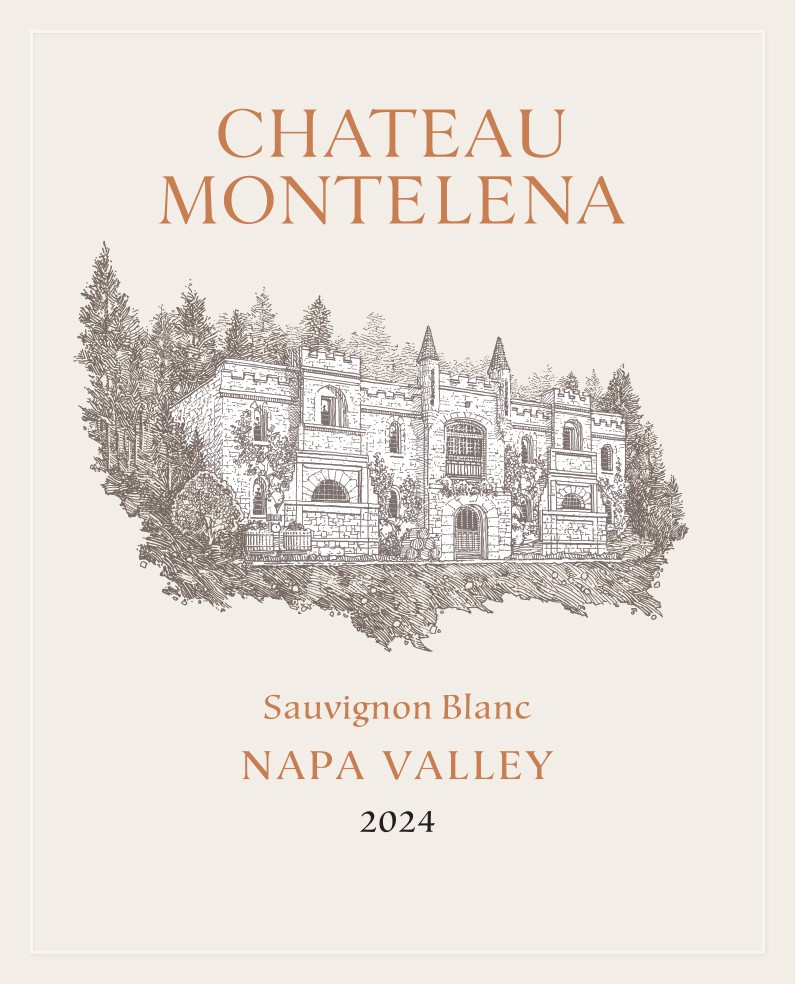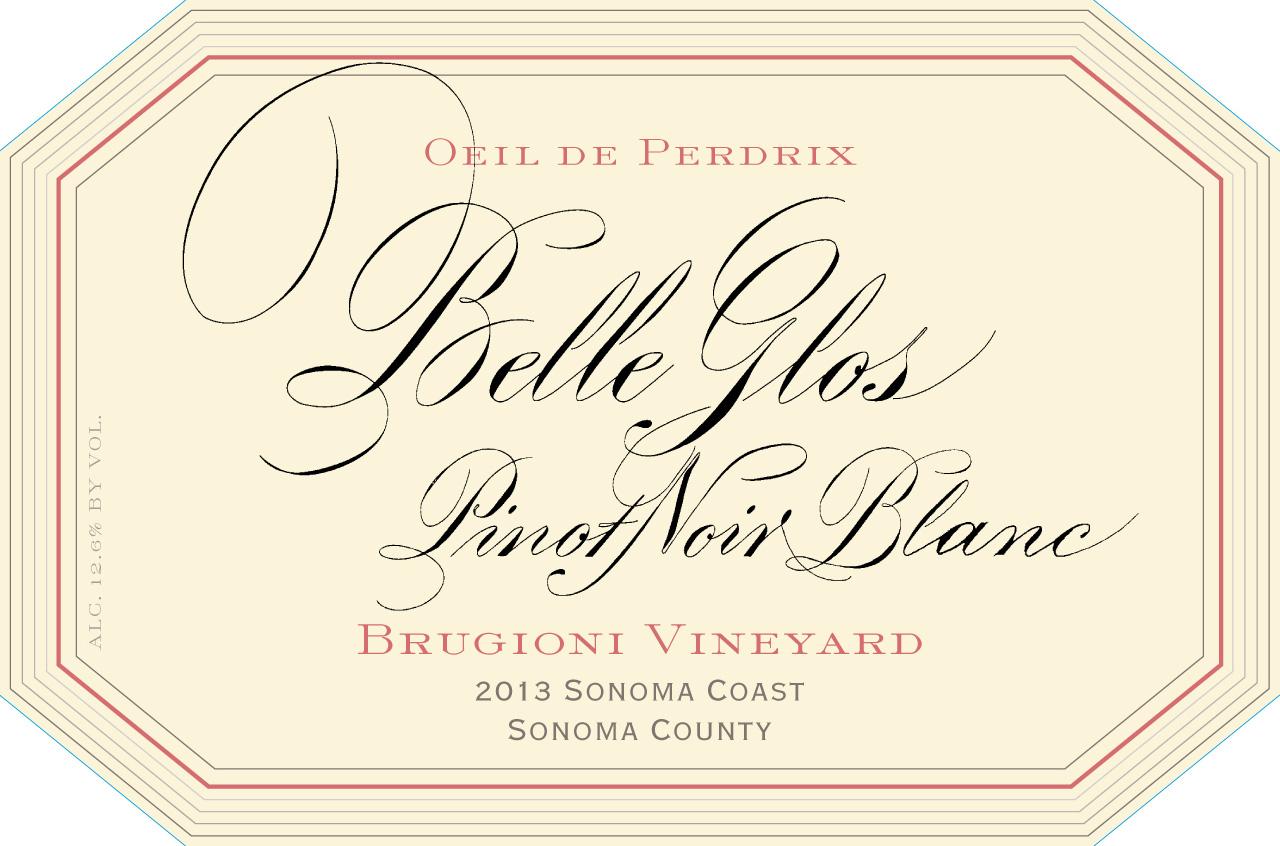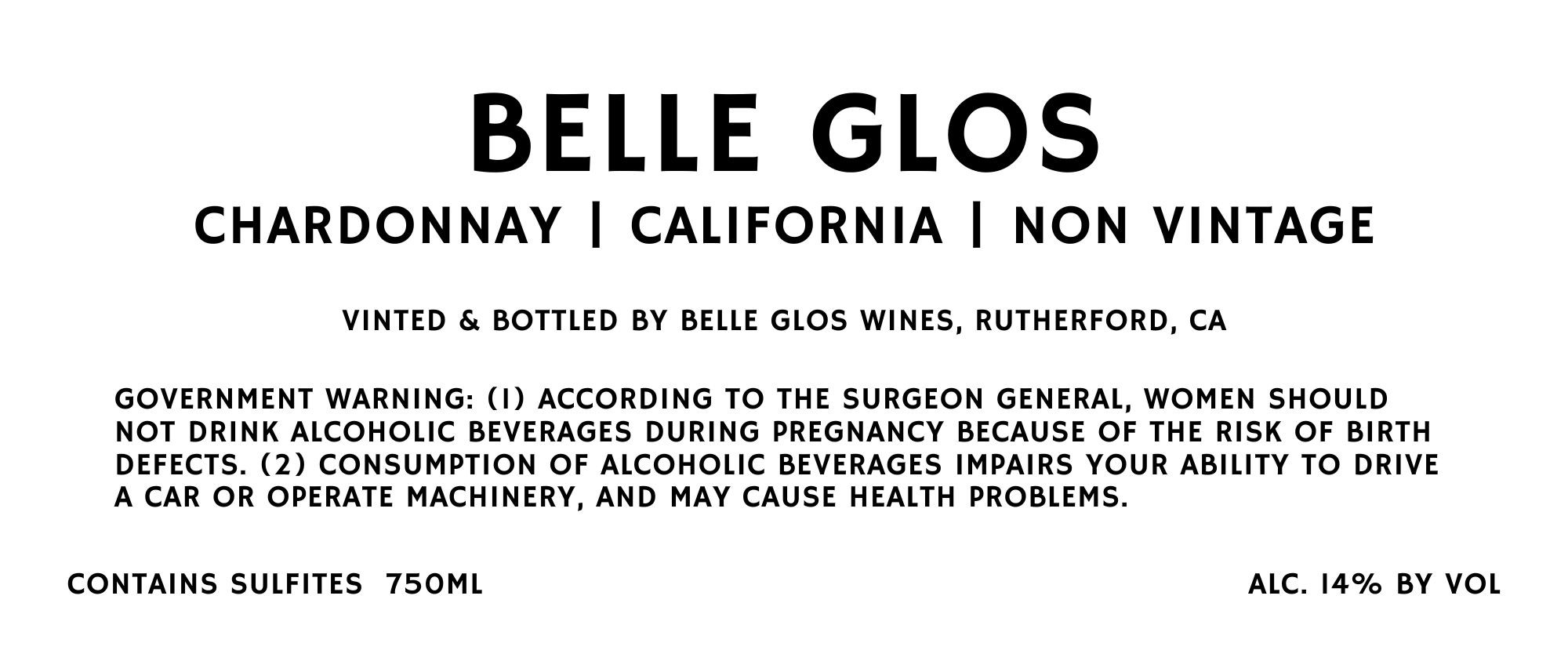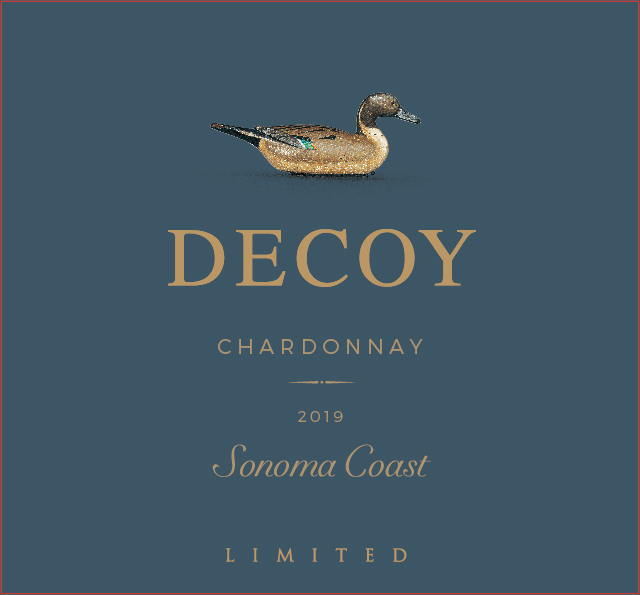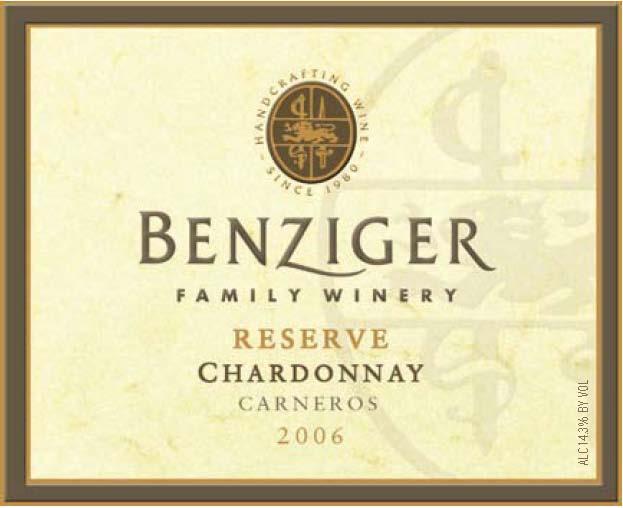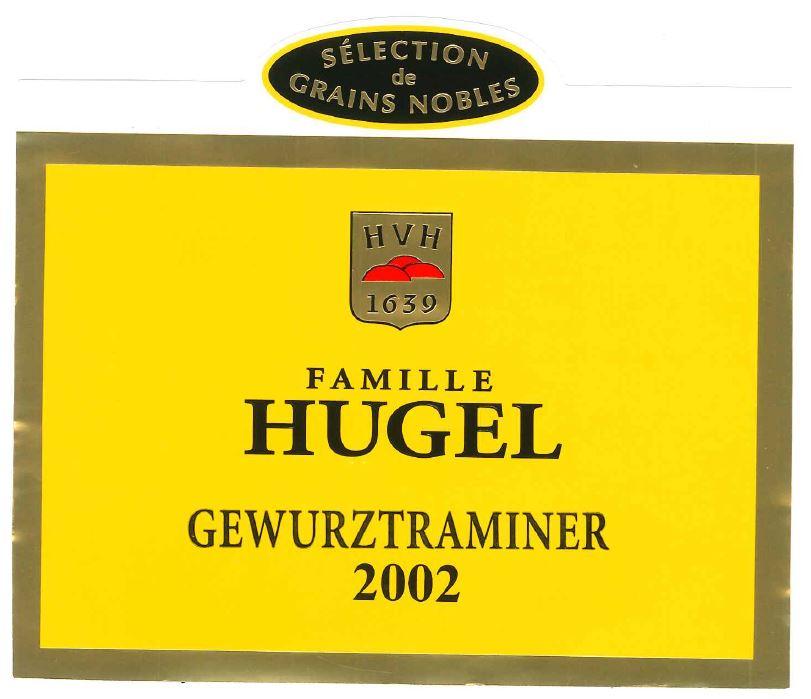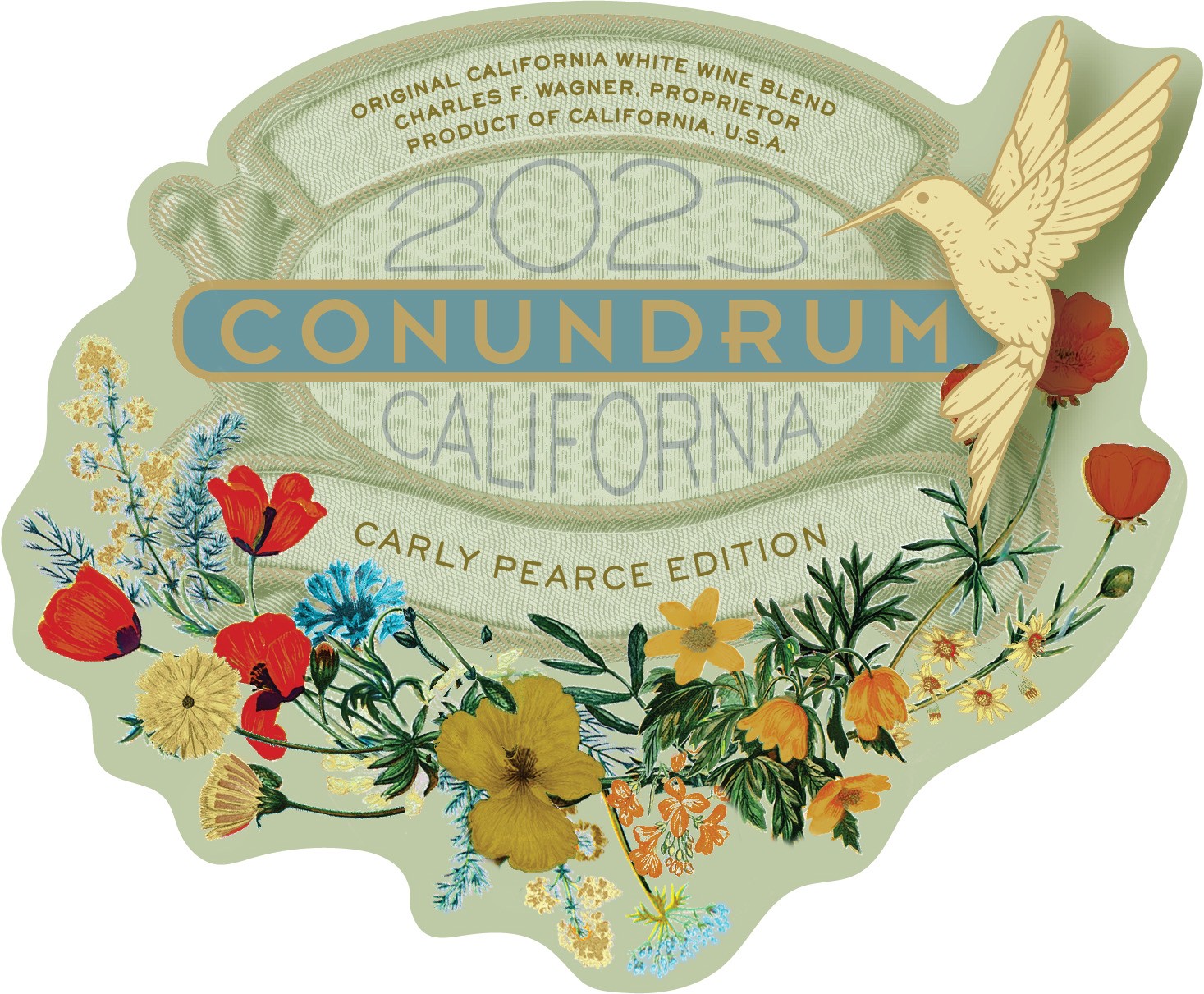Terroir of Colli Trevigiani IGP
The Colli Trevigiani region thrives with its varied landscape, marked by gently rolling hills between 150 and 400 meters high. The soils differ greatly, with limestone marl and calcareous sandstone on upper slopes adding mineral richness and bright acidity to the wines. Clay and sand give texture, while lower areas with alluvial gravel and clay from the Piave River bring a smooth fruitiness to red wines.
The climate, influenced by the Alps and the Adriatic Sea, has warm summer days and cooler nights, with a temperature difference of about 10 to 12 °C. This range helps keep the grapes' acidity and aromatic complexity. Moderate yearly rainfall supports a balanced ripening process. These factors create perfect conditions for making Colli Trevigiani's famous structured reds and lively whites.
Notable Wineries in Colli Trevigiani IGP
In the heart of the Treviso hills, the Colli Trevigiani IGP region is home to a collection of remarkable wineries that capture the essence of its unique terroir.
Among them, Castello di Collalto in Susegana stands out with its medieval charm and hillside vineyards producing delightful reds and whites. Borgoluce is celebrated for its eco-friendly practices, crafting fresh whites and intriguing reds with a sustainable approach. Villa Sandi, renowned for its sparkling wines, also offers a selection of still wines, emphasizing precision and clarity through informative guided tours.
Numerous small family estates dot the landscape, focusing on low yields and meticulous vineyard care to express the distinctive character of their sites. Together, these wineries showcase the diverse and dynamic winemaking heritage of the Colli Trevigiani region.
Sustainable Winemaking in Colli Trevigiani IGP
In the picturesque Colli Trevigiani IGP region, sustainability is a deeply rooted commitment. Vineyards here embrace eco-friendly practices that harmonize with the land.
Cover crops are planted between the vines, helping to reduce erosion and boost biodiversity, while enriching the soil. Integrated Pest Management (IPM) is widely used, encouraging beneficial insects and reducing chemical use.
Water conservation is key, with techniques like mulching and reduced tillage, and irrigation is only used when necessary. Energy-saving measures, including solar panels and composting, further highlight the region’s dedication to preserving its stunning hillside ecosystems.
By focusing on low-intervention winemaking, the true essence of these unique terroir-driven wines shines through, ensuring that Colli Trevigiani's wines remain a beautiful expression of their origins while safeguarding the environment for future generations.
Wine Tourism in Colli Trevigiani IGP
In the heart of the Colli Trevigiani region, wine tourism offers a captivating blend of cultural and natural beauty. Visitors can cycle through vineyard-strewn backroads and scenic trails, discovering the charm of olive groves and ancient chapels.
The area's historic estates, like Castello di Collalto, provide a cultural immersion with their tours and tastings. Wine enthusiasts can explore family-owned cellars, savoring whites, reds, and sparkling wines paired with local delicacies.
Seasonal events, such as grape-harvest celebrations, highlight new wine releases and regional cuisine. The proximity to Treviso and Venice ensures easy access, making it convenient for day trips.
This region's dedicated sustainable practices and terroir-driven wines create a rich, authentic experience that captures the essence of Colli Trevigiani's winemaking heritage.




